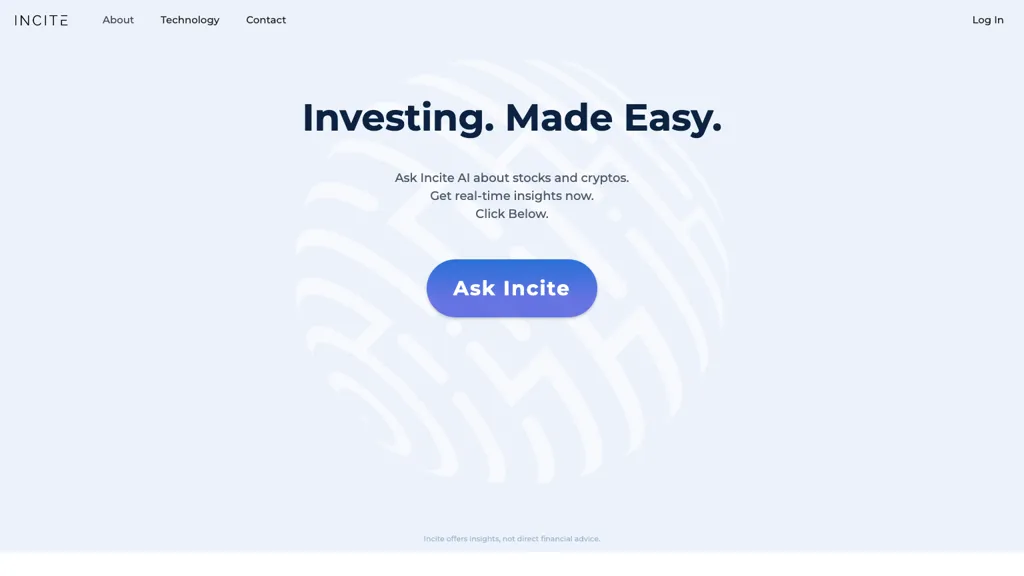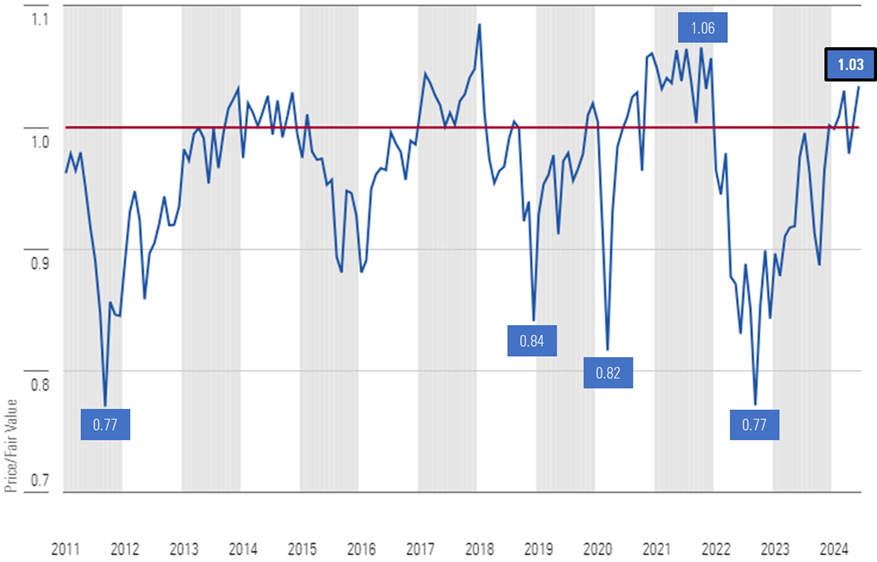20 Great Advice To Deciding On AI Stock Picker Platform Sites
20 Great Advice To Deciding On AI Stock Picker Platform Sites
Blog Article
Top 10 Tips For Evaluating The Ai And Machine Learning Models Of Ai Platform For Analyzing And Predicting Trading Stocks
It is important to assess the AI and Machine Learning (ML) models that are used by trading and stock prediction platforms. This ensures that they offer precise, reliable and useful information. A poorly designed or overhyped model can result in financial losses and incorrect forecasts. Here are 10 top ways to evaluate the AI/ML platform of these platforms.
1. Learn the purpose of the model and its approach
Clarity of purpose: Determine whether this model is designed for trading in the short term or long-term investment or sentiment analysis, risk management and more.
Algorithm transparency: Make sure that the platform provides the type of algorithms employed (e.g., regression or neural networks, decision trees and reinforcement learning).
Customizability: Determine whether the model can adapt to your particular strategy of trading or risk tolerance.
2. Analyze model performance metrics
Accuracy: Test the model's accuracy in the prediction of future events. But, don't just depend on this measurement because it could be misleading when used in conjunction with financial markets.
Precision and recall: Assess how well the model can detect true positives, e.g. correctly predicted price fluctuations.
Risk-adjusted returns: Determine whether the model's predictions result in profitable trades after taking into account risk (e.g., Sharpe ratio, Sortino ratio).
3. Check the model by Backtesting it
Backtesting your model with historical data allows you to compare its performance with previous market conditions.
Tests on data not being used to train To avoid overfitting, test your model with data that was never previously used.
Scenario analysis: Test the model's performance in different market conditions (e.g., bull markets, bear markets and high volatility).
4. Check for Overfitting
Signals that are overfitting: Search models that do exceptionally well on data-training, but not well with data unseen.
Regularization methods: Check whether the platform is using methods like regularization of L1/L2 or dropout to prevent overfitting.
Cross-validation: Ensure the platform uses cross-validation to determine the generalizability of the model.
5. Evaluation Feature Engineering
Relevant features - Check that the model uses important features such as price, volume or technical indicators. Also, verify the sentiment data as well as macroeconomic factors.
Selection of features: You must be sure that the platform is choosing features with statistical significance and avoiding redundant or unnecessary information.
Updates of dynamic features: Verify that your model is up-to-date to reflect the latest characteristics and current market conditions.
6. Evaluate Model Explainability
Interpretation: Make sure the model has clear explanations of its predictions (e.g., SHAP values, importance of features).
Black-box platforms: Be wary of platforms that employ too complicated models (e.g. neural networks that are deep) without explainability tools.
User-friendly insights: Find out if the platform provides actionable insights in a format that traders can comprehend and apply.
7. Examining Model Adaptability
Market conditions change - Check that the model is modified to reflect changes in market conditions.
Examine if your system is updating its model regularly with the latest information. This will improve the performance.
Feedback loops. Ensure you incorporate user feedback or actual outcomes into the model to improve.
8. Examine for Bias during the election.
Data biases: Ensure that the data used in training are representative and free from biases.
Model bias: Determine whether the platform monitors and reduces biases in the predictions made by the model.
Fairness: Ensure that the model doesn't disadvantage or favor specific sectors, stocks or trading styles.
9. The computational efficiency of the Program
Speed: Check whether the model can make predictions in real-time, or with minimal latency, especially for high-frequency trading.
Scalability: Check whether the platform has the capacity to handle large datasets with multiple users, without any performance loss.
Utilization of resources: Determine if the model is optimized for the use of computational resources effectively (e.g. the GPU/TPU utilization).
10. Transparency in Review and Accountability
Model documentation: Ensure the platform provides detailed documentation about the model's structure, training process, and limitations.
Third-party audits : Verify if your model was audited and validated independently by third-party auditors.
Error handling: Check whether the platform is equipped to identify and correct model errors or failures.
Bonus Tips:
User reviews and case studies User feedback and case study to evaluate the real-world performance of the model.
Trial period: You can use the demo or trial version for free to check the model's predictions and usability.
Support for customers: Make sure that the platform can provide solid customer support that can help solve any product or technical issues.
Follow these tips to assess AI and ML stock prediction models and ensure they are reliable and transparent, as well as aligned with trading goals. Have a look at the best this post for market ai for more tips including ai stock trading bot free, ai stock, ai investing, ai investment app, ai chart analysis, ai for stock predictions, best ai trading app, trading with ai, ai for investment, ai trade and more.
Top 10 Tips For Assessing The Scalability Ai Stock Predicting Trading Platforms
In order to ensure that AI-driven prediction platforms and trading platforms can handle the increasing quantity of data, user requests and market complexity it is vital to determine their capacity. These are the top 10 suggestions to evaluate scalability:
1. Evaluate Data Handling Capacity
Tips: Ensure that the platform you're considering can process and analyze large datasets.
Why: Scalable platform must be able to handle the growing amount of data without compromising performance.
2. Testing Real Time Processing Capabilities
See how the platform handles real-time data streams such as price movements and breaking news.
What is the reason? Trading decisions that are real-time require real-time data analysis. Delays could lead to lost opportunities.
3. Cloud Infrastructure Elasticity and Check
Tips - Find out if a platform is using cloud-based infrastructure, e.g. AWS or Google Cloud.
The reason: Cloud platform elasticity allows the system's size to adapt based on usage.
4. Evaluate Algorithm Efficiency
Tips: Evaluate the computational efficiency (e.g. deep-learning, reinforcement-learning) of the AI models used for prediction.
The reason: Complex algorithms may become resource-intensive, so optimizing them is key to scalability.
5. Examine Distributed and Parallel Computing
Verify if your platform supports parallel processing or distributed computing (e.g. Apache Spark, Hadoop).
The reason: These technologies speed up data processing and analysis on many nodes.
Review API Integration & Interoperability
Test the platform's ability to incorporate APIs from other sources.
Why? Seamless integration allows the platform to adapt to changing trading environments and data sources.
7. Analyze User Load Handling
To test the effectiveness of your system, you can simulate high-volume traffic.
The reason: Scalable platforms must offer the same level of performance regardless of the number of users.
8. Evaluate the model's retraining and adaptability
TIP: Check how often AI models can be trained with new data.
Why: Models must constantly adjust to changing markets to ensure that they remain precise.
9. Check for Fault Tolerance & Redundancy
Tips. Make sure that your platform has failover mechanisms and redundancy in case of hardware or software failures.
The reason: Downtime is costly in trading, so fault tolerance is vital to ensure scalability.
10. Monitor Cost Efficiency
Review the costs involved in increasing the capacity of the platform. This includes cloud resources as well as data storage, as well as computational power.
It's crucial to keep a balanced balance between expenditures and costs for performance.
Bonus Tip: Future-Proofing
Platforms must be designed to incorporate new technologies, such as quantum computing and advanced NLP. They must also adapt to regulatory change.
If you focus on these aspects it is possible to evaluate the capacity of AI stock prediction and trading platforms, making sure they're robust, effective, and ready for future expansion. Have a look at the top breaking news for website examples including best ai stock prediction, ai trading tool, stock trading ai, best ai stock prediction, ai stock predictions, ai for trading stocks, ai stock investing, ai tools for trading, chart analysis ai, ai software stocks and more.